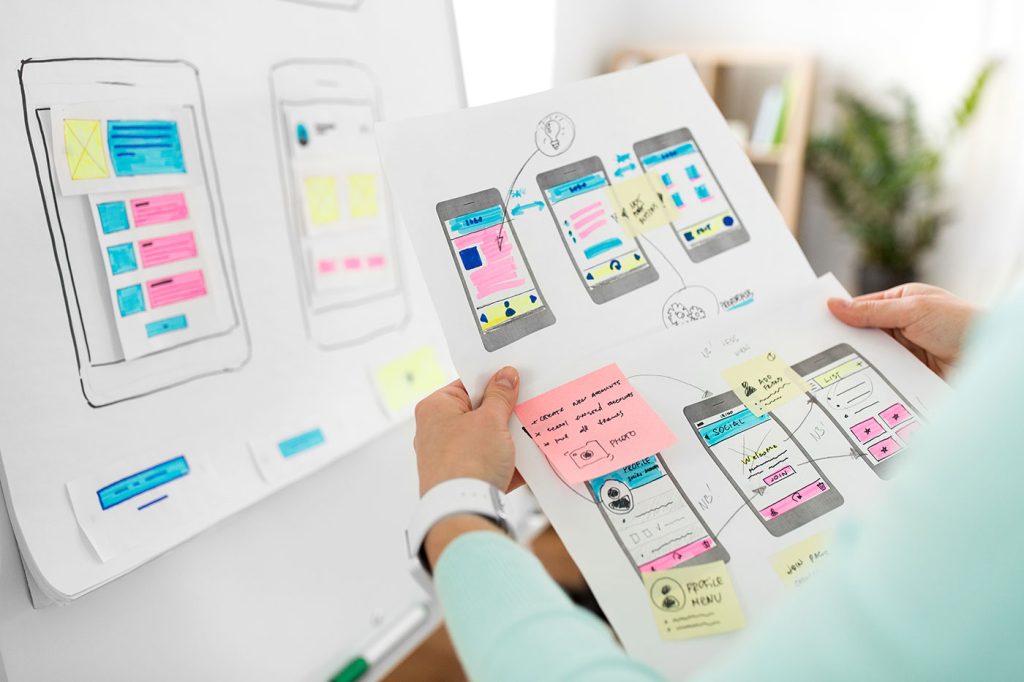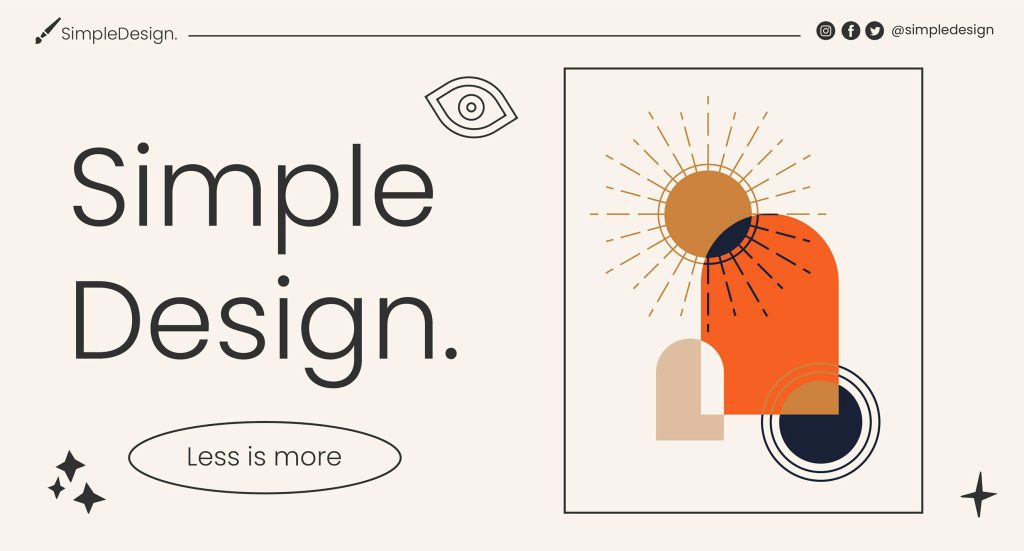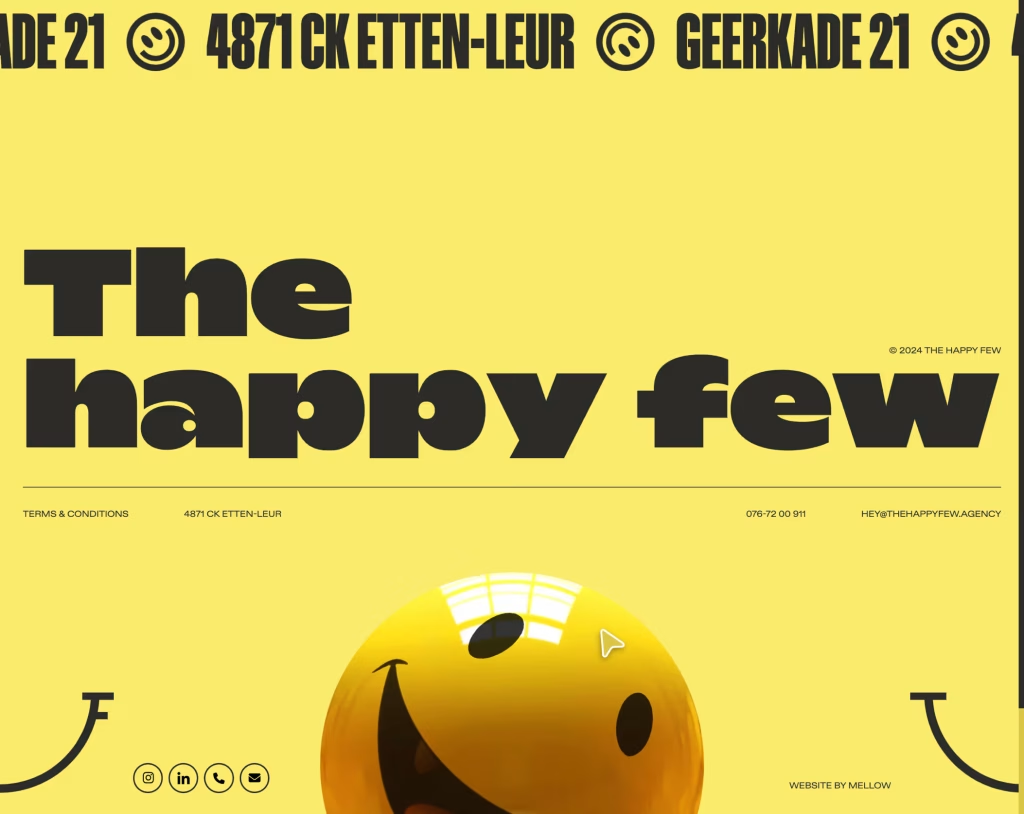Let’s be honest: double-clicking is dead. And if it isn’t, it should be.
What began as a clever way to differentiate between selection and activation in the ‘80s desktop environment has somehow clung to life support through decades of UX evolution. But in 2025? It’s nothing short of a usability fossil.
We don’t double-tap apps on phones. We don’t double-click buttons on the web. We swipe, tap, long-press, voice-command, and gesture — but double-click? That’s a mouse-flavored ghost of the past.
A UX Crutch from the Age of Beige Boxes
To understand why the double-click has persisted for so long, you have to go back to the beginning. In the early days of graphical user interfaces, the mouse was still a novelty. You had one button (two if you were lucky), a clunky CRT, and no clear way to distinguish between “highlight this” and “open this.”
Enter the double-click — a clever workaround for a limited input system. It made sense. Back then.
But today’s interaction environments are light-years ahead: mobile touchscreens, mixed input modes, AI-driven predictions, haptic feedback, accessibility-first design. Yet somehow, double-clicking still lurks in file explorers, buried in OS defaults, and — shamefully — in some legacy web apps.
Mobile Killed the Double-Click Star
Let’s talk mobile, the UX bootcamp of the modern age. On smartphones, every interaction counts. There’s no room for redundancy, no tolerance for confusion. You either tap, swipe, or press. Anything more nuanced? It’s out. There’s a reason iOS and Android designers never even considered porting over the double-click.
Why? Because it’s unintuitive. It creates micro-failures — users miss the timing, do it too fast or too slow, and the system doesn’t respond. On mobile, that would be catastrophic. On desktop, it’s just annoying.
Speed ≠ Usability
Defenders of the double-click will argue it’s faster. You can select and launch with a quick flick of the finger. But speed only matters if the gesture is reliable, and double-clicks are notoriously fickle. OS settings vary, click speeds differ by user, and the feature is often misfired by novices.
This is particularly dangerous for accessibility. Older users and those with motor impairments often struggle to consistently double-click within the OS-defined time window. That’s not just bad UX — that’s exclusionary design.
Why Is It Still Here?
Because OS vendors won’t let go. Windows still defaults to double-clicking to open files. Mac users still habitually do it, even though a single click often suffices in modern Finder. And enterprise environments? Forget it — they’re a museum of interaction decay.
Double-clicking remains because it’s the path of least resistance for engineers, not for users. It’s deeply embedded in system logic, file explorers, and legacy mental models. But it’s not here because it’s the right choice. It’s here because no one’s had the guts to kill it.
Web Designers Already Moved On
Thankfully, web UX designers quietly buried double-clicking years ago. Try double-clicking a button on any modern web app — it won’t do anything different. You might get a word selected, at best.
Progressive web design relies on clarity and speed. The fewer interaction steps, the better. Taps and clicks are minimized, not duplicated. A good interface anticipates intent; it doesn’t require you to prove it twice.
And with the rise of gesture-based interfaces, voice commands, and AI assistance, there’s simply no cognitive space left for old-school “click twice to confirm” mechanics.
The Final Nail: AI and Predictive Interfaces
AI-driven UX is the bulldozer flattening the remnants of double-click logic. Predictive input, contextual menus, and smart defaults eliminate the need for redundant gestures.
You want to open a file? AI can infer that when you hover, or glance, or even whisper its name. You want to select something vs. activate it? The UI should adapt — not force you to memorize interaction rules from 1984.
Double-clicking is fundamentally anti-AI. It says “I don’t trust the interface to understand what I mean unless I hammer it twice.”
What Should Replace It?
We already have the answers:
- Single click for everything — Make the UI smart enough to know what action is likely.
- Contextual UIs — Provide intent-based actions when needed. Hover, right-click, tap-and-hold, or dynamically generated toolbars.
- Long-press and hold-to-confirm — Already common on mobile. More reliable and discoverable.
- Touch-first design language — Even on desktop. Think about how it works on a touchscreen, then scale to mouse.
For Designers: Stop Perpetuating This Nonsense
If you’re designing a desktop or web experience in 2025 that relies on double-click, you’re not being nostalgic — you’re being lazy.
Design is not about preserving ritual. It’s about eliminating friction.
The double-click is not a shortcut. It’s a UX tax. A holdover from a time when our tools were dumb and our UIs were dumber. If you’re building experiences for today’s users, stop asking them to click twice when once is enough.
Final Thought: Double-Clicking Is a Sign of a Broken Interface
Like pop-ups, infinite dropdown menus, and “Are you sure you want to delete this?” confirmations, the double-click is a red flag. It doesn’t add clarity — it creates dependency. It doesn’t respect user intent — it forces learned behavior.
Good UI communicates. Great UI anticipates. Obsolete UI demands obedience.
Double-clicking? That’s the last one. Let it die.






